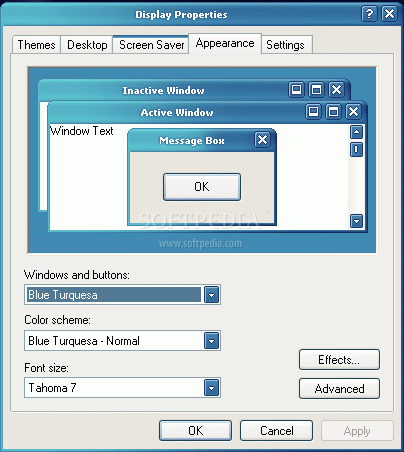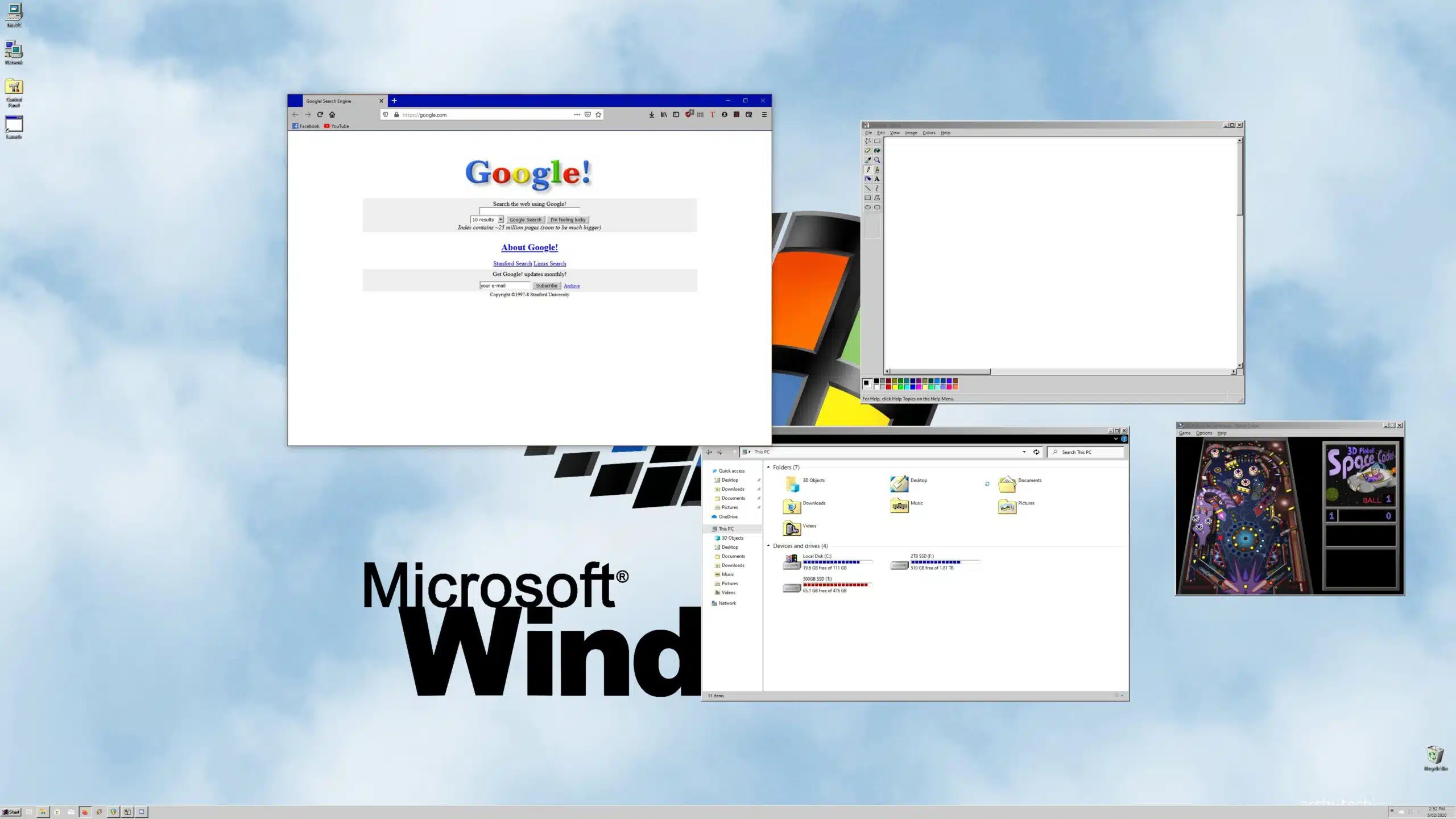

The goal of Whistler was to unify both the consumer and business-oriented Windows lines under a single, Windows NT platform: Thurrott stated that Neptune had become "a black hole when all the features that were cut from Windows Me were simply re-tagged as Neptune features. In January 2000, shortly prior to the official release of Windows 2000, technology writer Paul Thurrott reported that Microsoft had shelved both Neptune and Odyssey in favor of a new product codenamed "Whistler", named after Whistler, British Columbia, as many Microsoft employees skied at the Whistler-Blackcomb ski resort. However, the projects proved to be too ambitious. In the late 1990s, initial development of what would become Windows XP was focused on two individual products: " Odyssey", which was reportedly intended to succeed the future Windows 2000 and " Neptune", which was reportedly a consumer-oriented operating system using the Windows NT architecture, succeeding the MS-DOS-based Windows 98. Windows XP is still very prevalent in many countries, such as Armenia, where 50–60% of computers use it. As of December 2021, 0.5% of Windows PCs run Windows XP (on all continents the share is below 1%), and 0.18% of all devices across all platforms run Windows XP. Unofficial methods were made available to apply the updates to other editions of Windows XP, but Microsoft discouraged this practice, citing incompatibility issues. Windows Embedded POSReady 2009, based on Windows XP Professional, received security updates until April 2019. Mainstream support for Windows XP ended on April 14, 2009, and extended support ended on April 8, 2014, after which the operating system ceased receiving further support or security updates. Windows XP and Windows Server 2003 were succeeded by Windows Vista and Windows Server 2008, released in 20, respectively.

However, some industry reviewers were concerned by the new licensing model and product activation system. Upon its release, Windows XP received critical acclaim, with many noting increased performance and stability (especially in comparison to Windows Me), a more intuitive user interface, improved hardware support, and expanded multimedia capabilities. As such, Windows XP is the first consumer edition of Windows not to be based on the Windows 95 kernel and MS-DOS. An updated version of Windows 2000 was also originally planned for the business market however, in January 2000, both projects were scrapped in favor of a single OS codenamed "Whistler", which would serve as a single platform for both consumer and business markets.
#WINDOWS 98 THEMES IN WINDOWS XP PROFESSIONAL#
It is the direct successor to both Windows 2000 for professional users and Windows Me for home users, and was released to manufacturing on August 24, 2001, and later to retail on October 25, 2001.ĭevelopment of Windows XP began in the late 1990s under the codename " Neptune", built on the Windows NT kernel that was intended specifically for mainstream consumer use. The versions listed will vary somewhat depending on the version of Windows that is currently being used as well as the CPU architecture of the game (32-bit/64-bit).Windows XP is a major release of the Windows NT operating system developed by Microsoft.

Try enabling this setting and choosing a Windows version that the game was originally designed for.

This is intended as a way to enhance backwards compatibility for older applications, but can also be used for solving or working around various issues that an application might have. General information Windows (XP and later) includes an underlying compatibility engine that uses compatibility shims to apply fixes and changes for applications that might otherwise not function properly.
#WINDOWS 98 THEMES IN WINDOWS XP WINDOWS 8.1#
The underlying Application Compatibility Engine component is forcefully always enabled in Windows 8.1 and later.


 0 kommentar(er)
0 kommentar(er)
